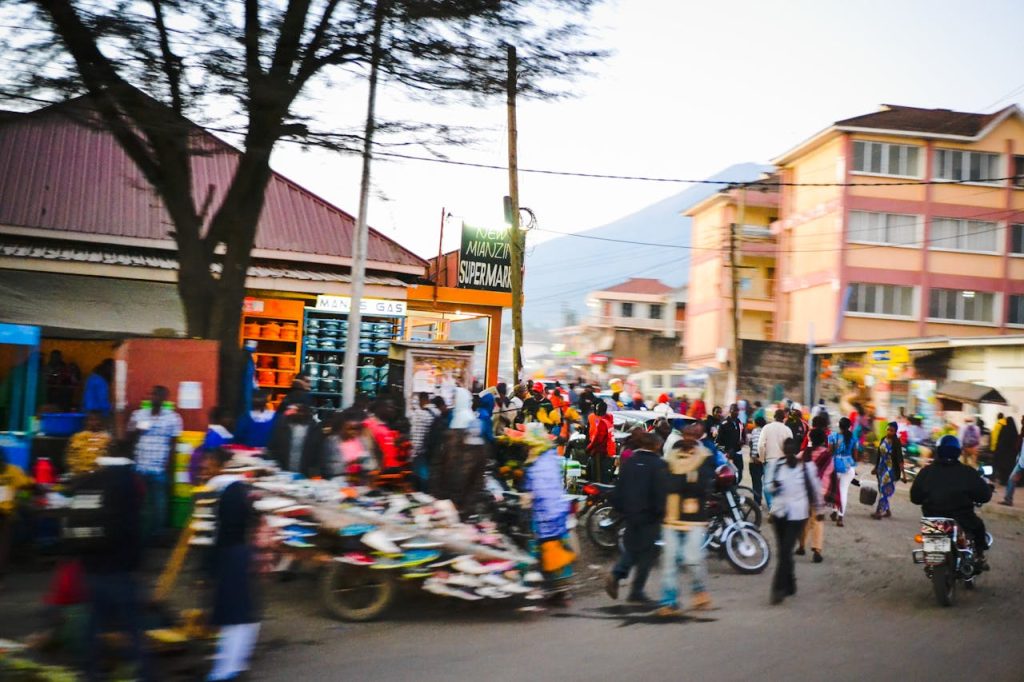Imagine a bustling marketplace in a small village in Sub-Saharan Africa, filled with the energetic chatter of vendors and customers. Amidst this lively scene, an elderly woman clutching a small envelope approaches a local bank. With anticipation and hope in her eyes, she eagerly awaits the contents of the envelope – a remittance from her son living abroad. Little does she know that her actions, repeated countless times across the region, hold the key to unlocking economic growth in Sub-Saharan Africa.
In this article, we delve into the significant potential of diaspora remittances as an alternative to foreign direct investment (FDI) in Sub-Saharan Africa. As international migration continues to increase, the contributions of remittances have the power to reshape the economic landscape of this vibrant and diverse region.
1. The Scope of Diaspora Remittances in Sub-Saharan Africa:
– Highlight the magnitude of remittances flowing into the region, which surpassed $48 billion in 2020 alone.
– Emphasize the consistent growth of remittance inflows, making it a stable source of external finance in times of economic uncertainty.
2. The Economic Impact of Remittances:
– Discuss how remittances provide a lifeline to millions of households, contributing to poverty reduction and increased resilience.
– Highlight their role in facilitating consumption, education, healthcare, and entrepreneurship, thereby ultimately stimulating economic growth.
3. Diaspora Remittances vs. Foreign Direct Investment:
– Compare and contrast the benefits and limitations of diaspora remittances with traditional FDI channels.
– Elucidate how remittances have the advantage of directly targeting the needs of local communities, often bypassing bureaucratic obstacles associated with FDI.
4. Overcoming Challenges and Maximizing the Potential:
– Address the need for effective governance frameworks, policy reforms, and affordable remittance transfer costs to maximize the impact of remittances.
– Discuss the potential of digital financial services and innovative technologies in reducing transfer costs and improving financial inclusivity.
5. Investing in Remittances for Sustainable Development:
– Advocate for the creation of an enabling environment to leverage remittances as a catalyst for sustainable development.
– Highlight successful examples of countries, such as Nigeria, Kenya, and Ghana, which have initiated policies to harness the full potential of remittance inflows.
Conclusion:
Diaspora remittances have emerged as a powerful tool for economic growth in Sub-Saharan Africa. As the region becomes increasingly connected to the global economy, the potential of cash flow from abroad presents a vital opportunity to enhance development outcomes.
Governments and policymakers should recognize the transformative potential of diaspora remittances as an alternative to foreign direct investment. By fostering an enabling environment and implementing strategic policies, countries in Sub-Saharan Africa can ensure that remittance inflows are efficiently and effectively channeled into productive sectors, thus driving economic growth, reducing poverty, and unlocking the region’s untapped potential.
